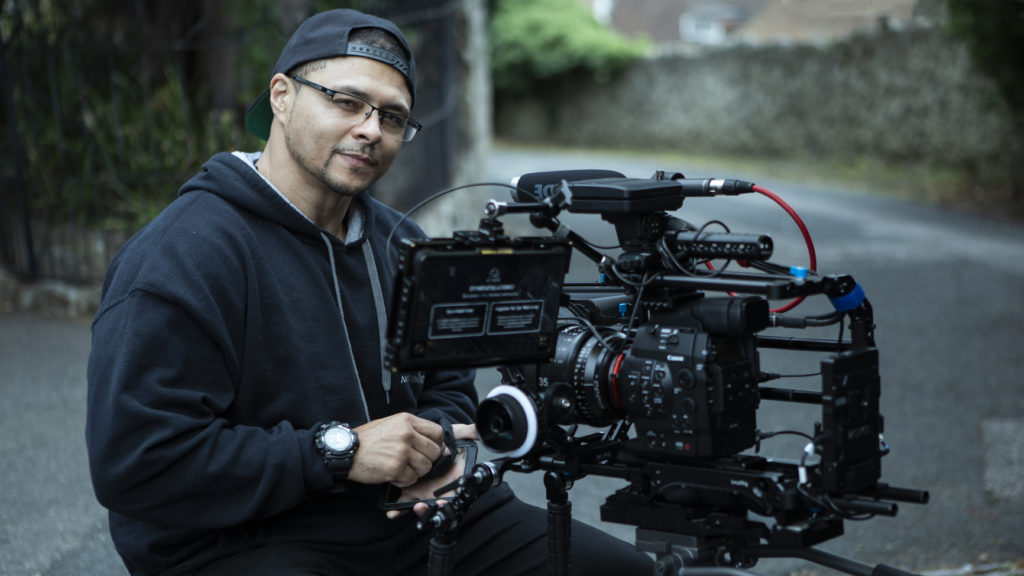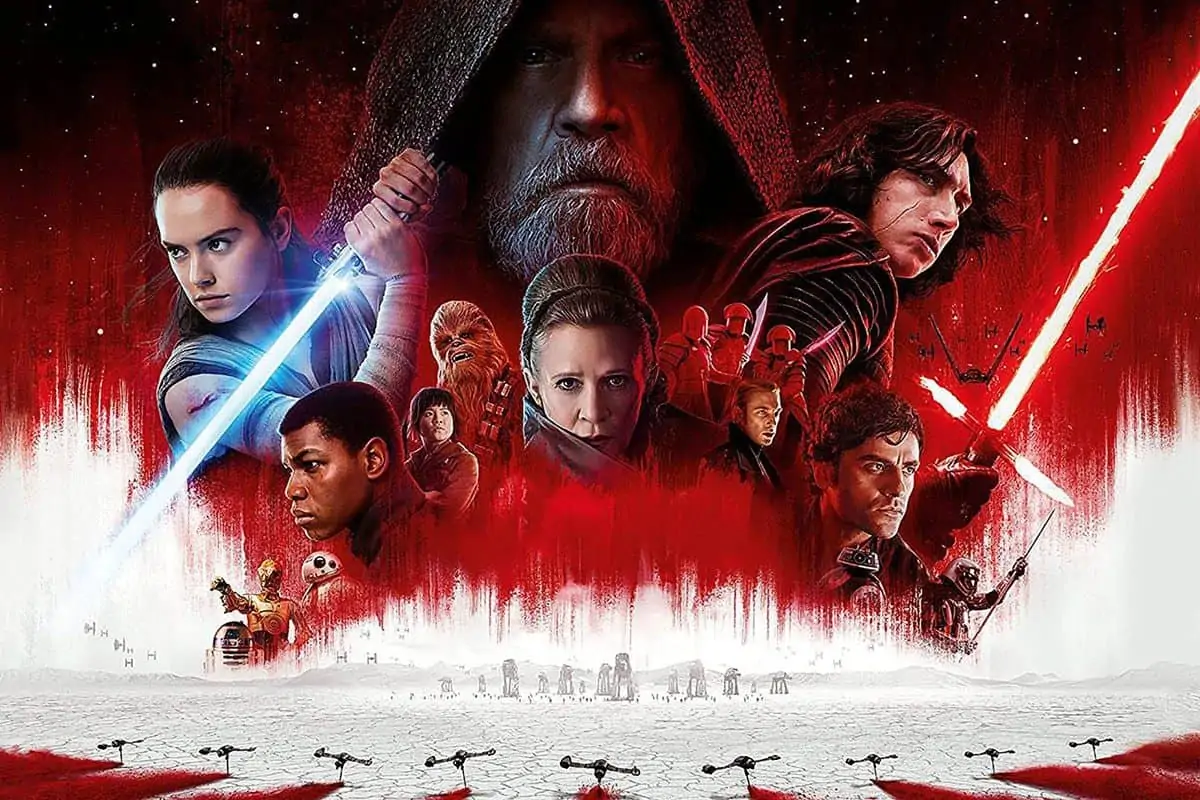FLESH AND BLOOD
Filmmaker Leroy Kincaide reveals how he pulled off multiple roles behind the camera – including cinematographer – to make his debut feature, The Last Rite, on a sub-£30k budget.
“Wrestling tends to lend itself to the moving image,” says Leroy Kincaide with a grin. The affable Kent-based filmmaker is talking about his unorthodox pathway to the film industry via the squared circle. After more than 10 years as a professional wrestler, he segued into acting and has now found his place behind the camera. His debut feature, The Last Rite, was made on a sub-£30,000 budget and has recently been released on Hulu and Sky Store.
As part of a crew of three on the supernatural horror, Kincaide took on multiple roles including director, writer, DP, and gaffer. With no formal training, he fully immersed himself in the art of cinematography in the run-up to filming, with YouTube and Shane Hurlbut’s The Filmmakers Academy proving essential resources.
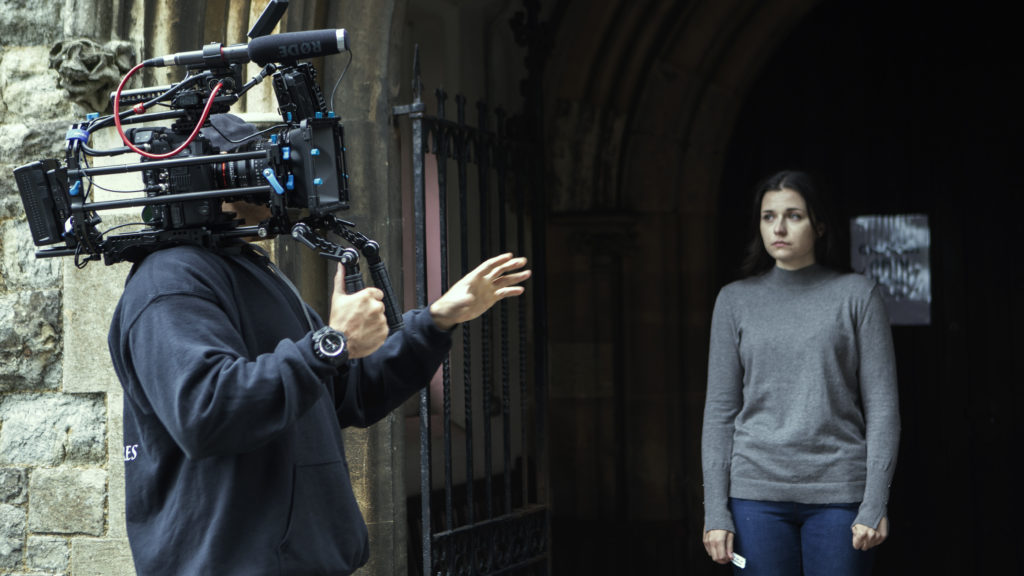
He also undertook thorough research into the key themes of The Last Rite – sleep paralysis and demonic possession. “Staying true to the supernatural realm was really important,” he says. “I went to a local church and spent some time with a vicar there, who talked about the exorcism process. It doesn’t just happen like in Hollywood!” Having his own experience of sleep paralysis made The Last Rite a very personal subject, but the filmmaker made sure to explore how other people had dealt with the debilitating condition.
Principal photography lasted 37 days across Kent, with locations including a suburban family home and a church. Producer Chloe Chudasama of Nocturnal Pictures – “an absolute trooper” – played a key role on set, as Kincaide explains. “We didn’t have runners, so what she did while producing was help with the smaller things, like keeping people fed and watered. It’s one of those things where you don’t really know it until you’ve done it but feeding people on set took a big chunk of time and headspace.” Another important figure was sound recorder Jonathan Eato. “He was our ride or die the whole way through,” he adds.
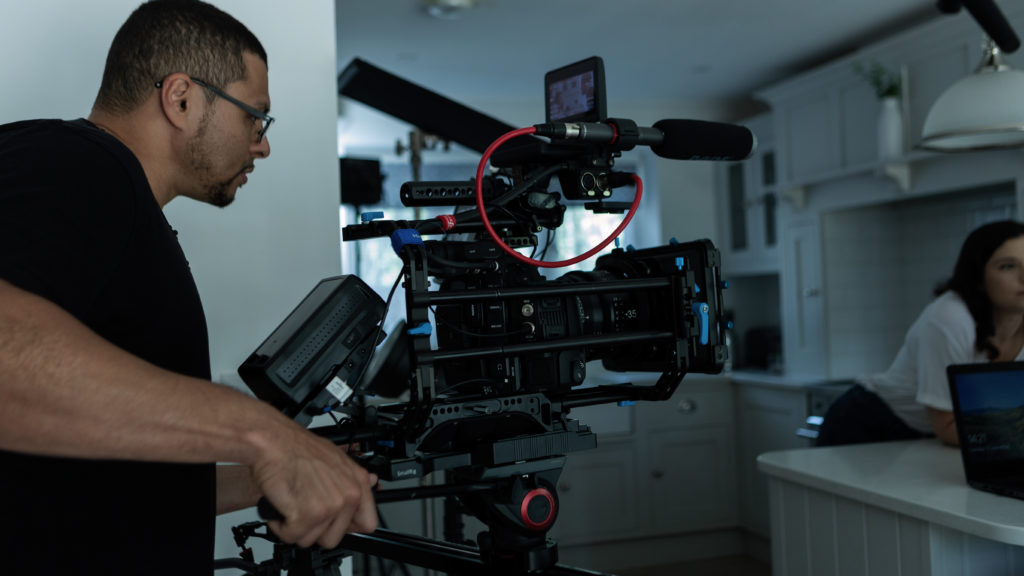
Although Kincaide hopes to expand his crew for his next production, he saw a clear benefit of a smaller team on The Last Rite. “The multitasking of everything makes it really easy to overlook small things,” he admits, “but it does serve sometimes, I think, to have a smaller crew inside a small location. The house was quite tight, so if we’d had a full set-up and crew, it would have been really full-on.”
The Last Rite was shot with a Canon C500 that Kincaide purchased especially for filming. It was paired with the Atomos Shogun Inferno recorder, which allowed him to record 4K DCI RAW. “What I loved about the C500 was the colour science – the way the colours felt,” he says. “I’ve seen some of the footage from the latest C500s, the Mark IIs, and there’s just something about the first line-up of their C range – the way those images look. There’s something that speaks to me more with that than the newer sensor.”
The C500 was teamed with Xeen lenses as part of a sponsorship from Samyang facilitated by Intro2020. He says: “The lens of the day was the 35mm – that became the mother lens. I found the close-ups sat nicely with the 35mm, as opposed to the 50mm, and they gave a nice width around the frame.”
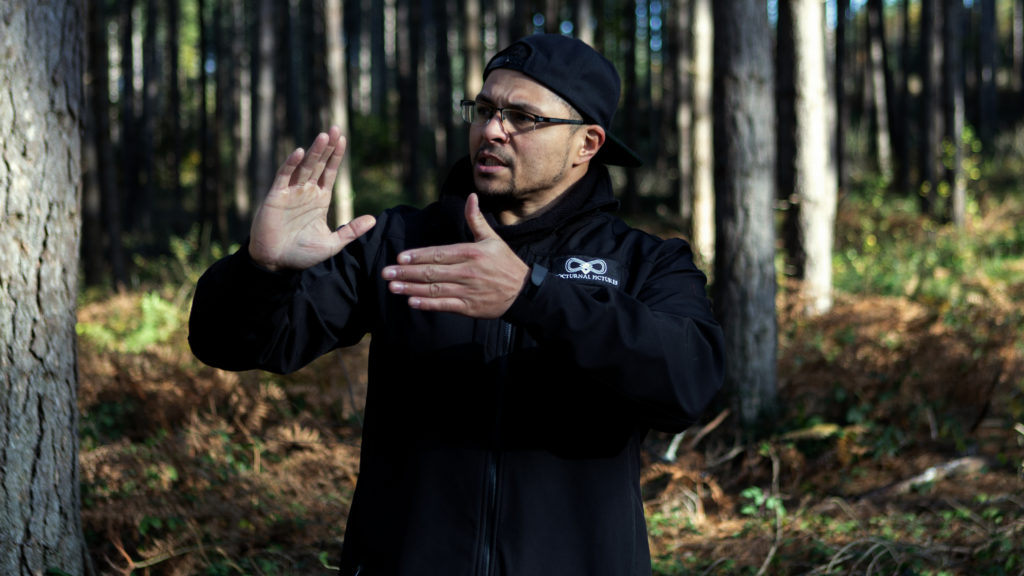
One of the stand-out features of The Last Rite’s cinematography is the use of practical lighting, adding a splash of spookiness to frames. “I made sure all practical light in the house were tungsten filament bulb, sitting around 32k,” Kincaide remembers. “I also wanted to create this granular texture of moonlight. There’s a slightly green light that casts in from the outside which is the moon. I wanted to represent that as part of the darkness, the essence of the supernatural, that is always looming.”
The trickiest scene to light proved a surprise – it was the house’s kitchen, where some dialogue scenes between main character Lucy (Bethan Walker) and her partner Ben (Johnny Fleming) took place. Due to the home’s positioning, the sun shone into the kitchen throughout the day, so Kincaide had to carefully balance the contrast while shooting. “I had a black material – the sort that’s used for live events – and where it was really light, I could stick it to the ceiling or the floor to help lower the light bouncing around inside the kitchen. Then I had to put light up on the side to help balance and fill in some of the shadows.”
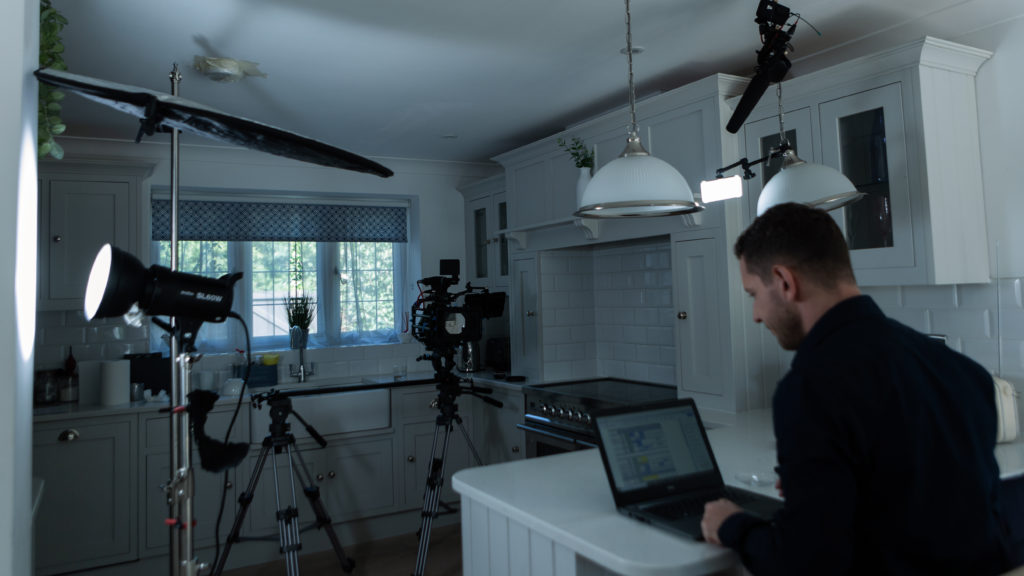
Working with a small budget meant Kincaide’s team didn’t always have the equipment they needed to do everything they wanted to do, but they made it work. “I had to build a rig for the camera to be able to co-exist during filming,” he says. “We rigged it out and it added tonnes of additional weight – I think it was around 9kg – but what it allowed us to do was to move the camera about, pick it up, throw it down, without too much of an issue.”
In another string to his bow, Kincaide also acted as The Last Rite’s colourist. He had some knowledge of grading but absorbed as much information as possible about the craft before starting. “A lot of the colour grading was about stripping back the image to find the ideal balance between the colour and tone for the feel that I was looking for,” he mentions. “I knew already there were some things I’d done while filming that helped finesse the image, like diffusion on the glass, shooting at a T-stop of 2 and balancing the whole frame around that.”
Despite the challenges, the Nocturnal Pictures team were delighted when The Last Rite was snapped up by Samuel Goldwyn Films for U.S. and Canadian distribution. For Kincaide, there was another seal of approval that he was particularly pleased to receive. “My nan was actually my first critic, in a nice way. I’d done some of the edit and she had a little watch, and she was like ‘Oh, I really love the pictures.’ I thought, I’ll take that as a compliment!”
